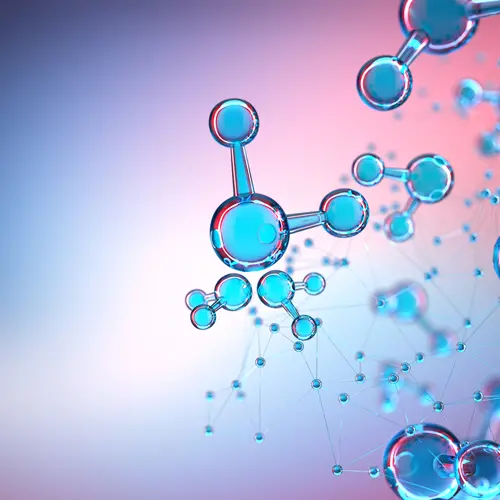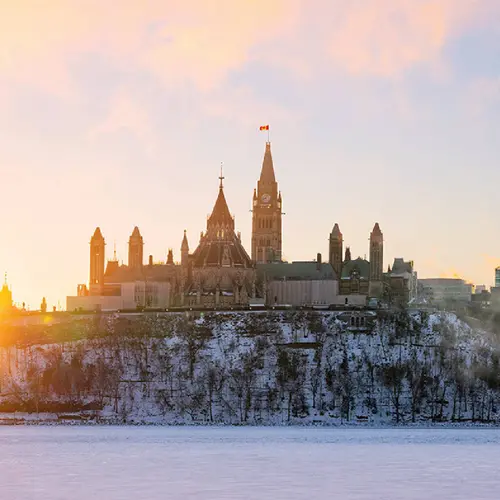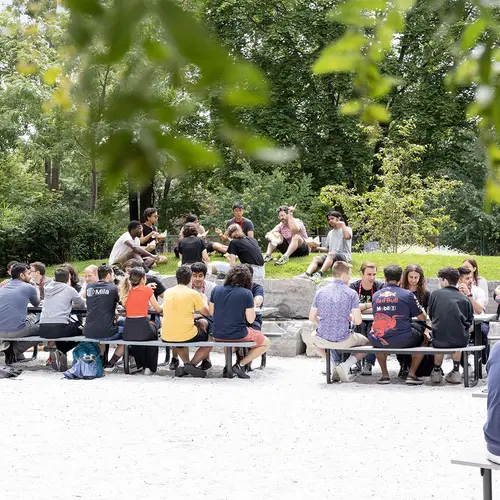
Noam Aigerman
Associate Academic Member
Assistant Professor, Université de Montréal, Department of Computer Science and Operations Research
Research Topics
Computer Vision
Deep Learning
Biography
I am an assistant professor at Université de Montréal and was formerly a research scientist at Adobe. I work on problems related to 3D geometry and learning. My research lies at the intersection of geometry processing, computer graphics, deep learning and optimization.


